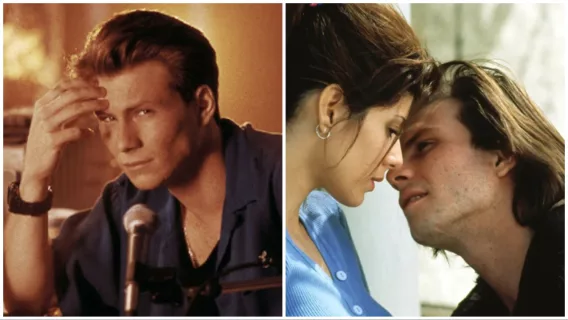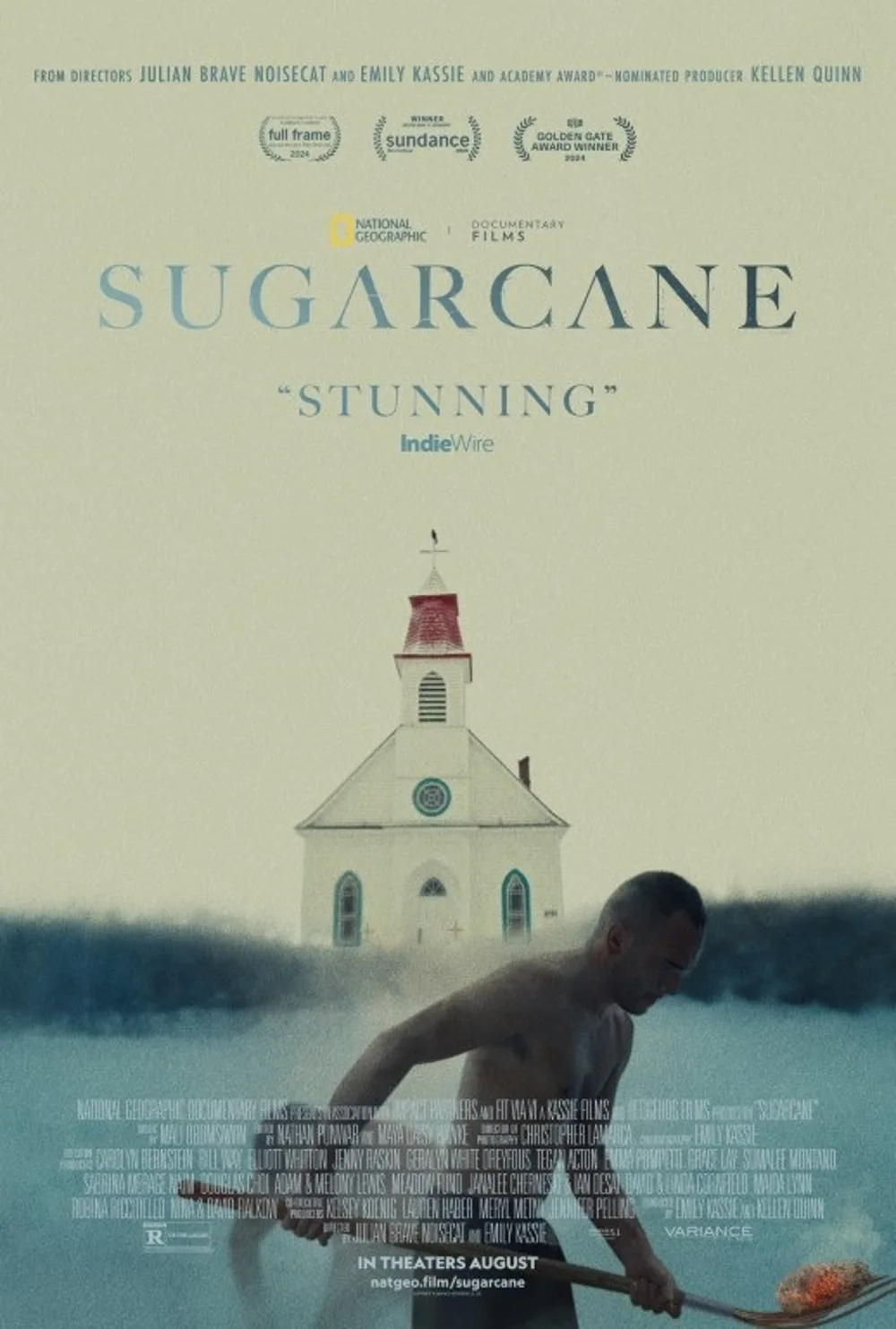Aaron Hughes’ animated “Five Cents” tells the story of a consumer being overwhelmed by the constant need for money. We can all relate to that. Whether making a film, buying a house, planning a wedding, or getting weekly groceries for the family, costs become overwhelming, and with inflation on the rise in just about every walk of life, now is the perfect time for Hughes’ humorous and profound film to be viewed as a kind of slice-of-life commentary. Whatever this character’s name or occupation, it’s all of us, our whole lives.
The boxy-looking protagonist here first needs glasses. Once the glasses are put on, the world becomes a constant barrage of stock reports, graph paper and Wall Street Journal articles moving at a rapid-fire pace (also, once the glasses are put on, it looks almost like a human version of WALL-E crossed with Mummenschanz). This new setting feels like being caught in a downpour of financial gobbledygook that now there is a need for an umbrella. Someone else walks by with a mirror, admiring themselves with it (an antiquated selfie?). Looks like fun. Gotta have one. Costs go up, but the rain doesn’t stop. And so on.
“Five Cents” has a wonderful texture to it that helps make it compelling to view even while having very little dialogue, the sole exception being the surprising voice of Brian Cox, who plays an operator on the phone telling this consumer to “Press 1 for a free escalator ride” (finally, something for free!). This is the kind of painstaking project that looks like it took an army to create, but the end credits reveal only five names, two of which have been mentioned here. The description on Vimeo states: “Drawn by hand on thousands of market data pages from the New York Times, the Wall Street Journal and the Financial Times with ink, white-out, gouache paint, gold leaf, and other materials.”
The film accomplishes a lot in five minutes, reminding us of the absurdities and frustrations of daily life and how much of our lives and happiness depend on income. My favorite satire on consumerism will always be George Romero’s “Dawn of the Dead,” and I think Hughes’ film would play alongside that film rather nicely. Sure, it’s not a horror movie, and there are no zombies, but by the film’s end, there seems like a rhyme between what happens to the character here and what happens to the S.W.A.T team in the shopping mall in that film. The constant need to shop, whether out of necessity or pleasure, can eat you alive.

Q&A with director Aaron Hughes
What was the inspiration for this?
Years back, I was working for the museum at the Federal Reserve of New York, right in the middle of the financial district. Being surrounded so much by finance really got me thinking a lot about capitalism. At the same time, I was dealing with the stresses of paying back student loans and living in such an expensive city. I wanted to do something from the perspective of a single “consumer.” So I wrote this simple idea and started raiding the recycling at the Fed, taking home as many Financial newspapers as I could to collect for the backdrop.
I saw what you wrote in the Vimeo description for how this got made. Can you describe the process for putting this together?
I drew every single frame of animation on separate pages, amounting to thousands of drawings using ink, white-out, gold leaf, gouache paint, and other materials on market data newspapers as a backdrop which, when played in succession, gives the impression of rain. Then I photographed each page individually, occasionally with some elements on top of the drawings like coins, robotic arms, or text labels which were stop motion animated to be part of the scene. Then I edited it together and designed the sound. It was a real labor of love.

How long did the entire process take?
It had been a side project for several years. But once the pandemic hit, that’s when I really had the time to put into it and get it finished since I didn’t have much else to do.
How did Brian Cox get involved?
I had heard of this app called Cameo where you can pay a celebrity to say happy birthday in a video to your uncle or whatever. I thought it’d be fun and fitting to the theme to use that app to find the voice talent. When I noticed Brian Cox, who plays the Rubert Murdoch-type character on “Succession,” I immediately paid the 400 bucks and sent him a request asking if he’d say a couple of lines for my animated short. I didn’t think he’d do it, but to my surprise, he did, and of course, it sounded perfect in the one take that he sent.
I’m sure a lot of people would have different interpretations of this film and what it means to them. Have you heard any unexpected reactions to the film?
When the film started playing in festivals, a good amount of people were connecting it to inflation which wasn’t on anyone’s mind back when I started the project. But inflation had become such a big issue at the time of its release. I thought that interpretation was interesting and made a lot of sense to me.
What’s next for you?
I always like to keep myself engaged in multiple projects simultaneously. I find that having around five ongoing projects at the same time keeps things fresh for me and prevents boredom from creeping in. Currently, I have a few exciting ideas in mind for new films, both animated and live-action. I’m also delving into the realm of oil paintings and exploring various concepts with a group of talented artists. I truly enjoy playing with different mediums as it allows me to express my creativity in diverse ways.












